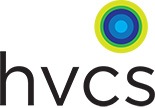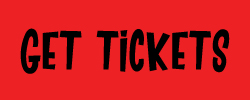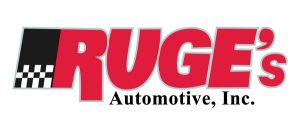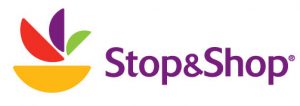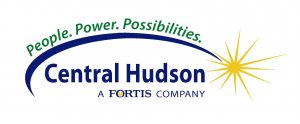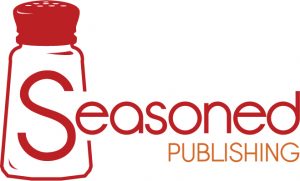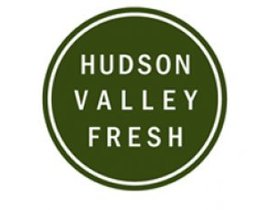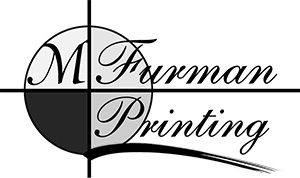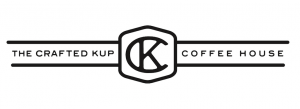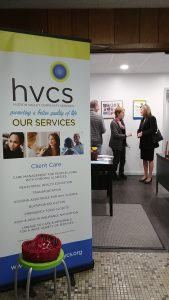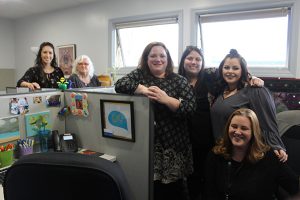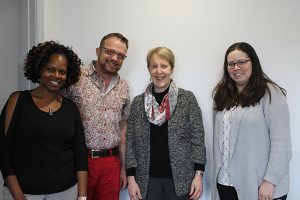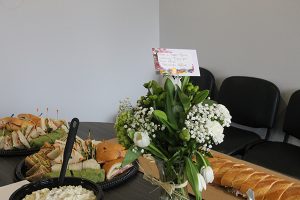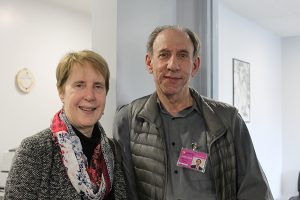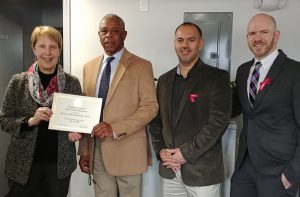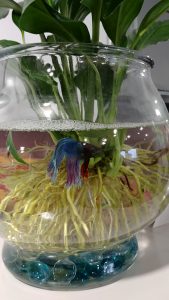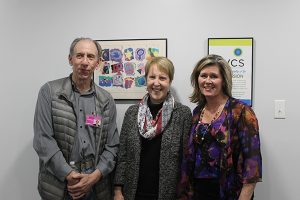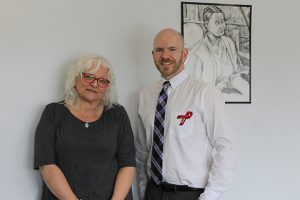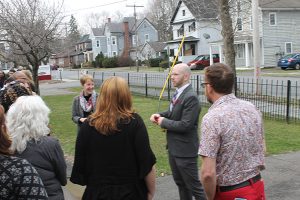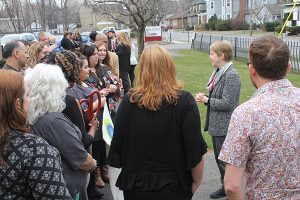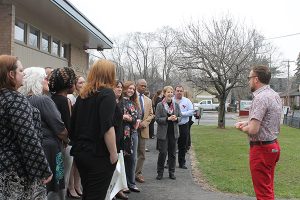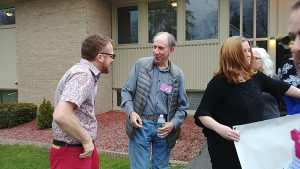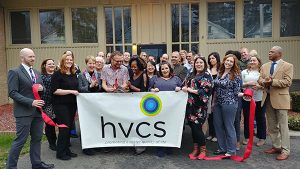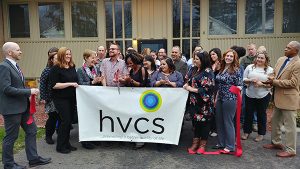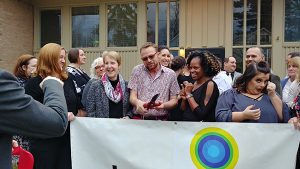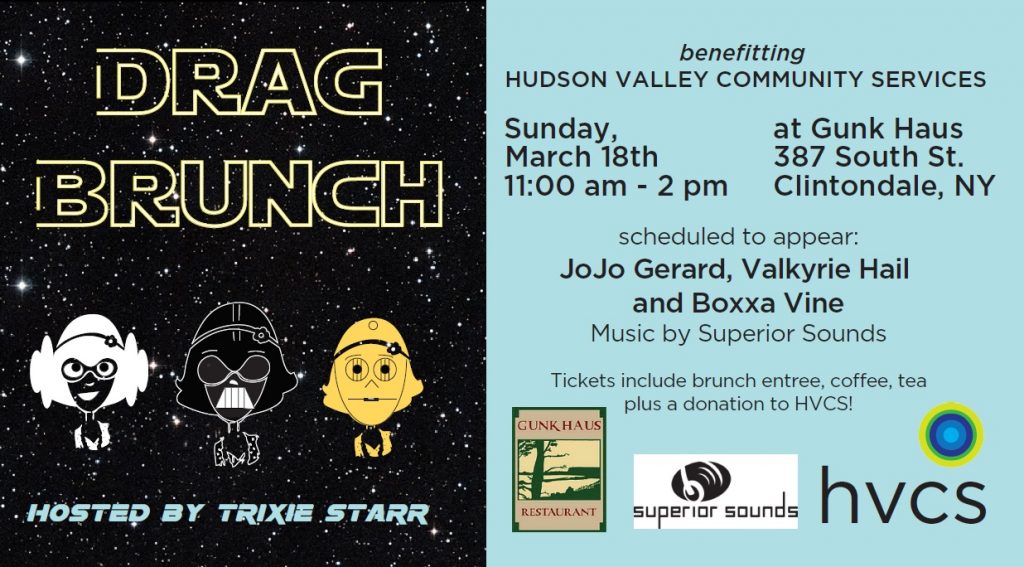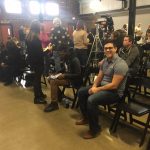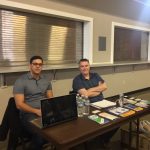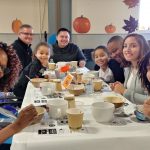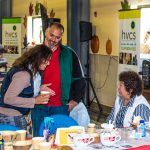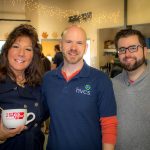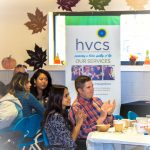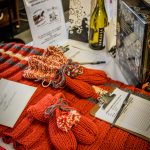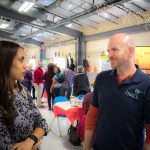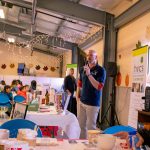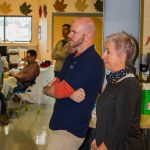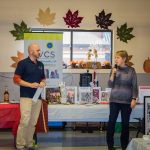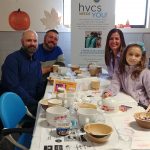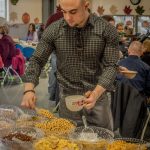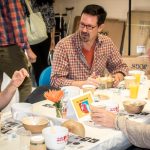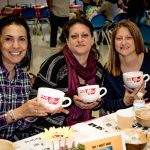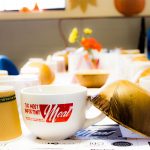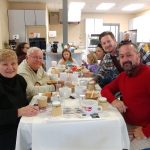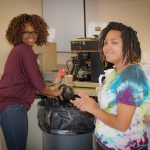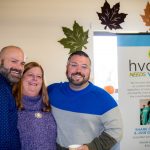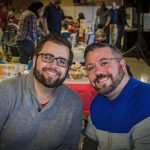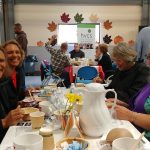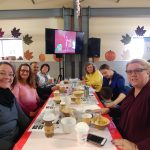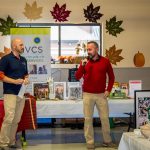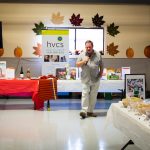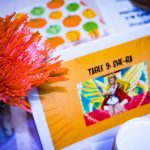Hudson Valley Federal Credit Union’s Lisa Morris invites you and your family to The Most Important Meal, a fundraiser for the food pantries at Hudson Valley Community Services! Enjoy an all-you-can-eat cereal buffet while helping local people living with chronic illnesses. Join us on Sunday, Oct 28th from 9:30 to noon at Fishkill Recreation!
Posts Tagged ‘event’
New Video: You’re Invited to The Most Important Meal!
Wednesday, October 17th, 2018Win A Pair Of Tickets To A New Broadway Show!
Tuesday, September 25th, 2018Support HVCS’ emergency food closets and get a chance to see a new Broadway show this season! One winner of our Most Important Meal raffle will win two tickets to see one of these four Broadway shows this fall or winter–your choice! We’ll work with you to select a pair of tickets for a date that works for you.
Choose between Anastasia, The Cher Show, Head Over Heels, or Summer: The Donna Summer Musical.
Purchase your raffle tickets for $20 each, or bundle your Most Important Meal ticket and a raffle ticket for $50.
Drawing will be held on Sunday, October 28, 2018 at our Most Important Meal event. Winner need not be present to win. For more information about the event, click here or call (914) 785-8277.
To purchase tickets, talk to an HVCS employee, contact our fundraising department, or visit our online raffle ticket page!
The Most Important Meal Returns on Oct 28!
Wednesday, September 12th, 2018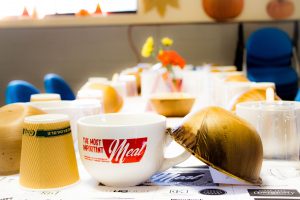 Our “endless cereal buffet” returns to the Fishkill Recreation Center on Sunday, October 28th from 9:30 to 12 noon. Get your fill with an all-you-can-eat buffet featuring an array of cereals with mix-ins and topping galore, a variety of Hudson Valley Fresh milks, oatmeal, and fresh fruit, plus coffee provided by the Crafted Kup, tea and juices. We’ll also have a silent auction with lots of fun items, and everyone takes home a souvenir bowl.
Our “endless cereal buffet” returns to the Fishkill Recreation Center on Sunday, October 28th from 9:30 to 12 noon. Get your fill with an all-you-can-eat buffet featuring an array of cereals with mix-ins and topping galore, a variety of Hudson Valley Fresh milks, oatmeal, and fresh fruit, plus coffee provided by the Crafted Kup, tea and juices. We’ll also have a silent auction with lots of fun items, and everyone takes home a souvenir bowl.
“The Most Important Meal” is presented this year by Hudson Valley Federal Credit Union.
Tickets are $30 each but kids under 12 can eat for free. This is a great event for families–Halloween costumes encouraged!
We’ll devote the proceeds to our emergency food closets so everyone can feel good about chowing down on a Sunday morning.
You can also opt to purchase a table of 10 for only $200 ($10 off each ticket) and we’ll recognize all our table captains at the event. You can also place an ad or greeting on our placemats and in our slideshow presentation.
Special thanks to our incredible sponsors!
Title Sponsor:
Major Support From:
Silver Spoon Sponsors
Milk & Cereal Sponsors
Photos From Our Kingston Open House
Friday, April 13th, 2018Thanks to everyone who came to celebrate the official opening of our new Kingston office on Thursday, April 12, 2018! We moved our existing Kingston office to a larger, brighter space and combined our staff with those who worked at a former Lake Katrine office. Special thanks to Congressman John Faso for sending a certificate of recognition and Jude McGrath from the office of NYS Assemblyman Kevin Cahill.
- Welcome to our open house!
- Members of our Kingston staff!
- Board Members Aretha Thompson and Michael Hall, with Andi Straus and Lisa Carr
- Flowers from the Newburgh office.
- Andi Straus, current Executive Director, with Jeff Kraus, former ED.
- Presenting the certificate from Congressman Faso’s office
- A certificate of recognition from Congressman Faso’s office
- Kingston’s mascot, Fred Finstone
- Jackie Perez and Joel Ruuska
- A sign posted in the Kingston office.
- Jeff Kraus, Andi Straus and Jude McGrath
- Mary Beth Davis-Steyer and J. Dewey
- J. Dewey introduces the next speaker.
- Andi Straus, Executive Directors, welcomes everyone to the new office.
- Board VP Michael Hall says a few words of thanks.
- Michael Hall with former Executive Director Jeff Kraus
- Ribbon Cutting
- The ribbon has been cut! We are open!
- Cutting the ribbon
Drag Brunch 2018: Trixie Strikes Back
Monday, February 5th, 2018It’s time once again for delicious brunch food, mimosas, drag performers and Match Game! Liz, Dirk and the staff of Gunk Haus in Clintondale invite you to the 2018 Drag Brunch, a fundraiser for Hudson Valley Community Services. Hostess Trixie Starr is sure to sweeten the deal with the always-fun games and spicy banter. Local superstars including JoJo Gerard, Boxxa Vine and Valkyrie Hail will perform classic favorites and pop hits that will get you grooving to music by Superior Sounds. Plus, don your best gender-bending outfit and vie for the Best Audience Member Outfit prize and enter to win great prizes.
Tickets are $30 each and include choice of brunch entree, coffee, tea and juices–plus a donation to HVCS.
Get your tickets today via Eventbrite or Facebook!
HVCS’ Frank Barone Speaks At An Opioid Overdose Forum on January 20, 2018
Monday, January 22nd, 2018Our very own Frank Barone, who works in our Syringe Exchange Program, was among the panelists at an opioid overdose town hall held on Saturday, January 20, 2018 at the Newburgh Armory. The town hall was organized by NYS Assemblyman Frank Skartados and featured several voices from those impacted by the opioid epidemic and calls for compassionate treatment for people who use opioids.
Thanks to Orie Givens from Spectrum News for this press coverage (video).
“Frank Barone from Hudson Valley Community Services survived his addiction and now helps others dealing with opioid use, working with a syringe exchange program.
“You can read a hundred books and you think that you know about addiction, but until you’ve actually been through addiction and have experienced it, you’re never going to truly understand what it’s like to be a heroin addict on the streets,” said Barone.”
TOWN HALL ON OPIOID OVERDOSE THIS SATURDAY IN NEWBURGH
Tuesday, January 16th, 2018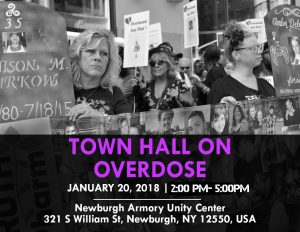 New York State is in crisis. Opioid overdose now takes the lives of more New Yorkers than homicides, traffic accidents and suicides combined. New York State Assemblyman Frank Skartados invites Hudson Valley residents to become a part of the solution and to join together to discuss a compassionate community response to opioid overdose deaths in New York’s 104th District. On Saturday, January 20th from 2-5 p.m. New York State Assemblyman Frank K. Skartados will be holding a town hall and forum panel on opioid overdose at the Newburgh Armory Unity Center 321 S William St, Newburgh, NY 12550.
New York State is in crisis. Opioid overdose now takes the lives of more New Yorkers than homicides, traffic accidents and suicides combined. New York State Assemblyman Frank Skartados invites Hudson Valley residents to become a part of the solution and to join together to discuss a compassionate community response to opioid overdose deaths in New York’s 104th District. On Saturday, January 20th from 2-5 p.m. New York State Assemblyman Frank K. Skartados will be holding a town hall and forum panel on opioid overdose at the Newburgh Armory Unity Center 321 S William St, Newburgh, NY 12550.
AM Skartados has partnered with Hudson Valley Community Services (HVCS) and other agencies, including Adelphi University, Cornerstone Family Health, Drug Policy Alliance, Hudson Valley Community Services, Team Newburgh United Way of the Dutchess-Orange Region, and VOCAL-NY, to join people impacted by opioid use with experts in the fields of science, public health, criminal justice, and drug policy. HVCS’ Frank Barone, a member of our Syringe Exchange Program staff, will take part in a panel discussion.
This event will begin a compassionate and scientifically-informed discussion about drug use, overdose and New Yorkers’ best prospects for saving lives and living well. Information about local services available to people who use drugs and people in recovery will also be provided. Overdose and addiction affect us in a variety of ways.
The following experts and residents will field questions during the forum:
Keynote: Carl Hart, PhD Columbia University and Drug Policy Alliance
- Hart is a Scientist, Activist, and Educator who is working to drive a compassionate response to people who use drugs and ensure that science informs policy.
Kassandra Frederique, MSW Drug Policy Alliance
- Frederique is the New York State Director of DPAleadinge their statewide mission to advance those policies and attitudes that best reduce the harms of both drug use and drug prohibition, and to promote the sovereignty of individuals over their minds and bodies.
Judith Branche, MD, CornerStone Family Health
- Branch is the Medical Director of the Center for Recovery at Cornerstone Family Health Center.
Jeff Kaufmann, Law Enforcement Action Partnership (LEAP)
- Kaufmann was a police officer with the New York Police Department. While earning a law degree and and working with the NYPD’s Legal Bureau became critical of New York State’s drug policies.
Frank Barone, Hudson Valley Community Services
- Barone is a Syringe Exchange program prevention specialist and uses harm reduction techniques to engage people who use drugs and to minimize the harm use causes.
Lauren Mandel, RN Newburgh resident and nurse
- Mandel is a Newburgh resident who has practiced nursing for decades. Her son Zane died after using an opioid in September.
Sgt. Julio Fernandez, Adelphi University School of Social Work
- Fernandez works to analyze local data on opioid overdoses and hospitalizations to create a data-driven community response at Adelphi’s Hudson Valley Center.
Those interested may register online at: https://vocal.ourpowerbase.net/civicrm/event/register?cid=0&reset=1&id=1598
or share and follow the Facebook Event: https://www.facebook.com/events/1854211644870945/
Calendar Information:
What: Town Hall on Opioid Overdose
Where: Newburgh Armory Unity Center, Larkin Center, 321 S. William St., Newburgh NY 12550
When: Saturday, January 20, 2018, 2:00 pm to 5:00 pm
Who: Concerned residents of New York’s 104th District and those affected by and concerned about opioid overdoses
More information: Contact Jawanza Williams, jawanza@vocal-ny.org
#GivingTuesday is almost here!
Wednesday, November 15th, 2017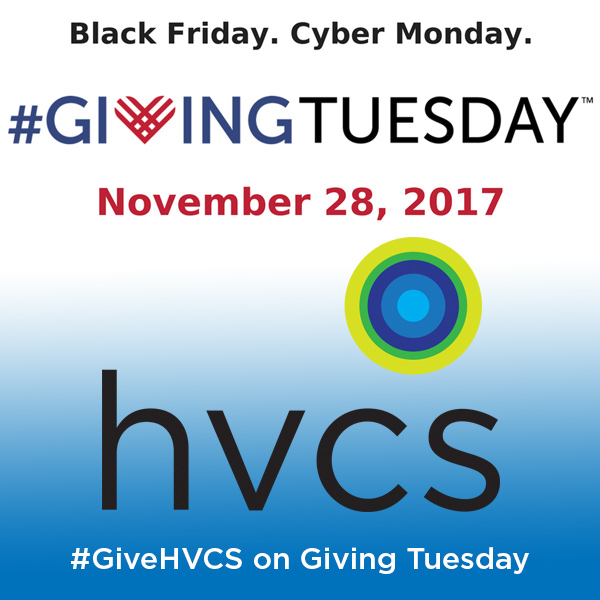 Giving Tuesday is a national day of fundraising set for the Tuesday after Thanksgiving (and after Black Friday, Small Business Saturday, and Cyber Monday). HVCS and many other charities will be using social media to ask supporters for donations to help us carry out our mission, and it ties into our overall end-of-year annual appeal.
Giving Tuesday is a national day of fundraising set for the Tuesday after Thanksgiving (and after Black Friday, Small Business Saturday, and Cyber Monday). HVCS and many other charities will be using social media to ask supporters for donations to help us carry out our mission, and it ties into our overall end-of-year annual appeal.
This year, Giving Tuesday is on November 28th.
You can help by making a donation to support HVCS’ food and nutrition programs, substance abuse programs, or HIV prevention efforts.
You can also pitch in by creating and sharing Giving Tuesday content on social media.
1) Please print out this sign;
2) Hold it up, give a big smile, and snap a pic;
3) OR, use the “GT_HVCS_Teaser” image provided at right, if you don’t want to take a selfie.
4) Next, post it on your social media profile and use the hashtag #GiveHVCS (you can also include the tag #GivingTuesday). Hashtags work on Facebook, Twitter and Instagram. It’s also great if you add in a sentence or two about your role at the agency.
5) Add in the link to our donation page: www.hudsonvalleycs.org/donate.
6) Or, if you’re on Facebook: ask people to visit the Hudson Valley Community Services page and use the Donate button. ***Facebook will MATCH all donations made to us via our Donate button on Nov 28th, up to $1,000 total for the agency!
Friends and family members are welcome to get in on the action too! The more the merrier—and the stronger our campaign.
Sample posts:
Facebook:
Today is #GivingTuesday and I’m asking you to #GiveHVCS. We improve the quality of life for thousands of Hudson Valley residents living with chronic illnesses, and your donation enables us to help more people and provide more services. Use the Donate button on @Hudson Valley Community Services and Facebook will match your donation!
Twitter:
It’s #GivingTuesday & I want you to donate to @HudsonValleyCS. Help us serve more local people w/ chronic illness. #GiveHVCS www.hudsonvalleycs.org/donate
Instagram:
Today is #GivingTuesday and I’m asking you to #GiveHVCS. We improve the quality of life for thousands of Hudson Valley residents living with chronic illnesses, and your donation enables us to help more people and provide more services. Please donate today via the profile link at @HVCSNY.
Photos From The Most Important Meal
Monday, November 6th, 2017Thanks to everyone who made our new fundraising event, The Most Important Meal, a success! Photos by Anthony Accomando and Ryan Judge.
Homegrown Fundraisers: You Can Be a Fundraising Superstar for HVCS!
Thursday, July 27th, 2017We’re sharing this article from The Chronicle of Philanthropy’s May issue because it’s in sync with a new initiative we’re starting here at HVCS. We’re encouraging our supporters to try their hand at a third-party fundraiser–which really means a small, personal fundraising event that you throw or do for your circle of friends and family. A third-party event can be a fantastic way to help HVCS’ clients without a ton of planning, worrying and overhead. From holding a potluck supper in your home to booking a paint-and-sip charity night to going on a hike, you can turn any event into a fundraiser with a little ingenuity. Check out our new guide to third-party events, and read on for more ideas.
Weddings. Birthday parties. Bike rides. Bake sales. Pub crawls.
More groups than ever are offering online tools to help supporters raise money through a widening variety of events, activities, or challenges that they conceive, organize, and manage themselves.
Paragliding all over the world? Why not raise money while you do it?
Giving up drinking for a month? Let’s set up a fundraising page for that.
The online tools make it easy for people to create their own pages and share them on social media or through email — creating new groups of supporters for nonprofits in the process.
Charities say they are facilitating these fundraising options to keep up with supporters’ shifting habits. Platforms like GoFundMe allow people to raise money in almost any way they want to, and nonprofits say they need to be just as flexible.
New platforms like DonorDrive and Blackbaud’s Everydayhero have allowed charities large and small to register these do-it-yourself events at low cost. For example, Everydayhero is free for nonprofits that use Blackbaud’s TeamRaiser software — which helps people raise money for charity through events organized by nonprofits — and about $1,000 for those that don’t. There’s also an administrative fee, usually around 5 percent, per transaction.
While the amounts raised usually are only a sliver of most charities’ overall contributions, grass-roots fundraising events offer big potential for acquiring new supporters. Their promise is limited only by nonprofits’ willingness and ability to help.
“It’s an emerging trend, fueled by technology and changes in how people communicate and run their lives in the digital age,” says David Hessekiel, president of the Peer-to-Peer Professional Forum, which provides resources for nonprofits that run events in which supporters raise money on behalf of nonprofit organizations.

Fast-Growing Trend
Just a decade ago, most nonprofits were cautious about liability issues related to outside supporters using logos and marketing materials in ways that might embarrass the organization, says Mr. Hessekiel.
Trailblazers included the St. Baldrick’s Foundation, which put on head-shaving events to support children’s cancer research, and Movember, which urges men to grow mustaches to raise funds for male health efforts. The St. Baldrick’s events raised $34.9 million in 2016, and Movember raised $17.2 million.
Those organizations were soon joined by other nonprofits big enough to have the staff and expertise to promote and oversee DIY events.
“For bigger charities, it’s pretty much expected now,” says Kevin Scally, director of digital marketing for Smile Train, which launched a donor platform last November with new features for its DIY fundraisers.
The technology boom has allowed smaller players to join the action in recent years using an expanding and diverse array of low-cost tools. However, the money from homegrown fundraisers doesn’t come free or without effort: Many groups devote significant staff time and marketing dollars to help supporters with their campaigns.
“There’s been a lot of disappointment” for groups that think DIY events generate easy money, says Mr. Hessekiel.
Attracting Younger Donors
Smile Train, a group that instructs doctors in how to help children in poor countries who need surgery to correct cleft lip, allows supporters to build profiles on its website that resemble social-network pages. Through the profiles, supporters can start their own fundraising campaigns and add a video, photos, and a description of their event. They can also comment on other people’s pages and share their fundraising events on Facebook, Twitter, and other social-media sites.
If the grass-roots event gets offline contributions, those can be logged into the online system to show gratitude to the donor.
So far, DIY fundraisers make up only a small percentage of the organization’s support. But Mr. Scally says it’s still vital to provide a way for Smile Train to accommodate anyone who wants to raise money. The organization hopes its DIY program will attract younger donors, he says. It seems to be doing just that; 48 percent of Smile Train’s DIY organizers are millennials, and 33 percent are from Generation X.
On the charity’s website, people can choose from a range of options, like athletic events or birthday celebrations in which guests are asked to give to Smile Train. They can also select the “get creative” option and come up with their own idea.
“It’s really important in today’s day and age to have a set of tools where people can go on and create things on their own,” Mr. Scally says. “You know how easy it is to set up a GoFundMe page. You know how easy it is to set up a Facebook profile. We tailor our tools to be similar to that type of sign-up process — where it’s quick, it’s easy, it’s fun.”
Among its DIY events posted online:
- Last year, a couple from Edison, N.J., raised $1,725 during a housewarming party.
- A yoga instructor in West End, N.C., donated $6,100 — a percentage of revenue from her class — to Smile Train.
- A couple from Saratoga Springs, N.Y., has committed to raise money every year until their infant son, who has a cleft lip, turns 18. Their goal: $175,000.
Banners and Balloons
Some organizations are asking supporters to start DIY events as part of larger campaigns.
The Alzheimer’s Association, for instance, asks people to organize their own events for its “Longest Day” campaign. Many of the events are held on the summer solstice, although people can raise money year-round. The campaigns run the gamut: rides, hikes, climbs, bowling, golfing, bridge tournaments. On June 20 last year, a supporter wrote poems on his blog from sunrise to sunset in honor of his wife, who suffers from Alzheimer’s. He raised a little more than $400.
Longest Day events raised almost $4 million in 2016 — the second-biggest peer-to-peer fundraising campaign for the nonprofit after its signature Walk to End Alzheimer’s. Longest Day is expected to raise even more this year, says Donna McCullough, the charity’s chief development officer.
Part of the reason for the campaign’s success, she says, is that supporters can access items like banners, balloons, and cups with the campaign’s logo to use in their events. The drive’s Facebook page is littered with people wearing “Longest Day” T-shirts at their individual events.
“It unites them in a common goal, and it really gives them a sense of joining the Alzheimer’s movement,” Ms. McCullough says.
Tips and Webinars
Many groups that have a DIY program provide tips and other resources for people raising money.
Water Mission, for instance, gives a DIY-fundraising tool kit to campaigns with goals of raising between $10,000 and $30,000. The clean-water charity’s kit includes customizable posters and fliers, a news-release template, and a fundraising tip sheet.
For World Vision’s Global 6K for Water drive, to be held May 6, the aid charity held regular webinars to educate people on the cause and talk about challenges and advice for hosting a six-kilometer walk on behalf of the organization. The webinars helped “create a sense of community early on,” says John Overy, director of digital marketing for World Vision, by making supporters feel like they were part of a large campaign.
Tending the Grass Roots
Many nonprofits have failed to provide enough help to DIY fundraisers to take full advantage of what they have to offer, experts say. Small groups in particular struggle to find the resources they need to make the programs successful.
For small groups that want to try peer-to-peer fundraising, however, DIY events may be a good low-cost alternative to hosting large runs or walks, says Mr. Hessekiel. Small organizations need to assess how much staff time they can devote to the program and should keep their expectations modest.
“Nobody is going to raise — other than in fluky situations — huge amounts of predictable, long-term money unless that are able to dedicate staff in order to make these programs really sing,” Mr. Hessekiel says.
Organizations with growing grass-roots programs tend to spread among several staff members the work of monitoring DIY platforms, thanking organizers, and answering their questions — or they have dedicated a full-time employee to handle most of those tasks.
Still, even large organizations say keeping up with all the events can be challenging.
“I’m a one-man shop,” says Megan Rouse, who has managed Susan G. Komen’s DIY program since last July. She says she spends more than a third of her time on the phone daily, mostly providing guidance and encouragement to organizers or trying to rouse dormant campaigns.
DIY events brought in $900,000 in Komen’s 2016 fiscal year; in fiscal 2017, which ended March 31, the breast-cancer charity raised $1.6 million. “I truly believe that is because of the customer service and building those relationships — talking to people, making sure they feel comfortable,” Ms. Rouse says.
Water Mission has tried to systematize its approach, developing what it calls a “decision matrix” that outlines what kinds of assistance each fundraiser will get from the organization.
For instance, an event with the potential to collect more than $30,000 has a staff member assigned as a contact and gets help with custom marketing materials, among other assistance.
“We only have really two people on our staff that are in that DIY and event-fundraising space, and we were running them ragged” before adopting the matrix, says Lisa Cottingham, the organization’s former director of development, who left in April to pursue consulting. “We had to come up with a way to allocate resources based on what we knew from experience and what we saw going forward.”
Marketing Boosts
For many organizations, promotional efforts are key to expanding their grass-roots campaigns. On its homepage, Smile Train links to its DIY registration page, and it promotes campaigns on its social-media accounts.
World Vision also promotes campaigns on social media and provides information about the program in its newsletters and in emails to current donors. Sometimes, Mr. Overy says, the charity’s staff battle over which program is going to be touted in which space and how often.
Those who run DIY programs need to stick up for them, he says. “You have to be an advocate and fight for marketing opportunities.”
Another major challenge has been retaining donors who give to a friend’s or loved one’s campaign but don’t organize the event themselves. The mind-set of those donors is often, “I’m helping a friend. I’m helping a cause. I’m not giving out of motivation to help the charity,” says Mr. Overy.
For now, World Vision sends major-gifts Canada fundraisers information about donors who make sizable contributions to DIY campaigns so those donors will get personal attention, he says. Smaller donors get an initial email thanking them for their gift, then are put in the same fundraising email and messaging streams that serve all one-time donors, he says.
For Ms. Rouse at Susan G. Komen, retaining those who organize events is more important. After all, they are the ones who are going to keep their friends and relatives giving.
To keep grass-roots fundraisers on board, she often calls people who have led past campaigns to ask if they are still going to participate. Sometimes she reregisters campaigns while she’s on the phone.
She sums up the message of the phone calls: “I know who you are, and I want you back.”
